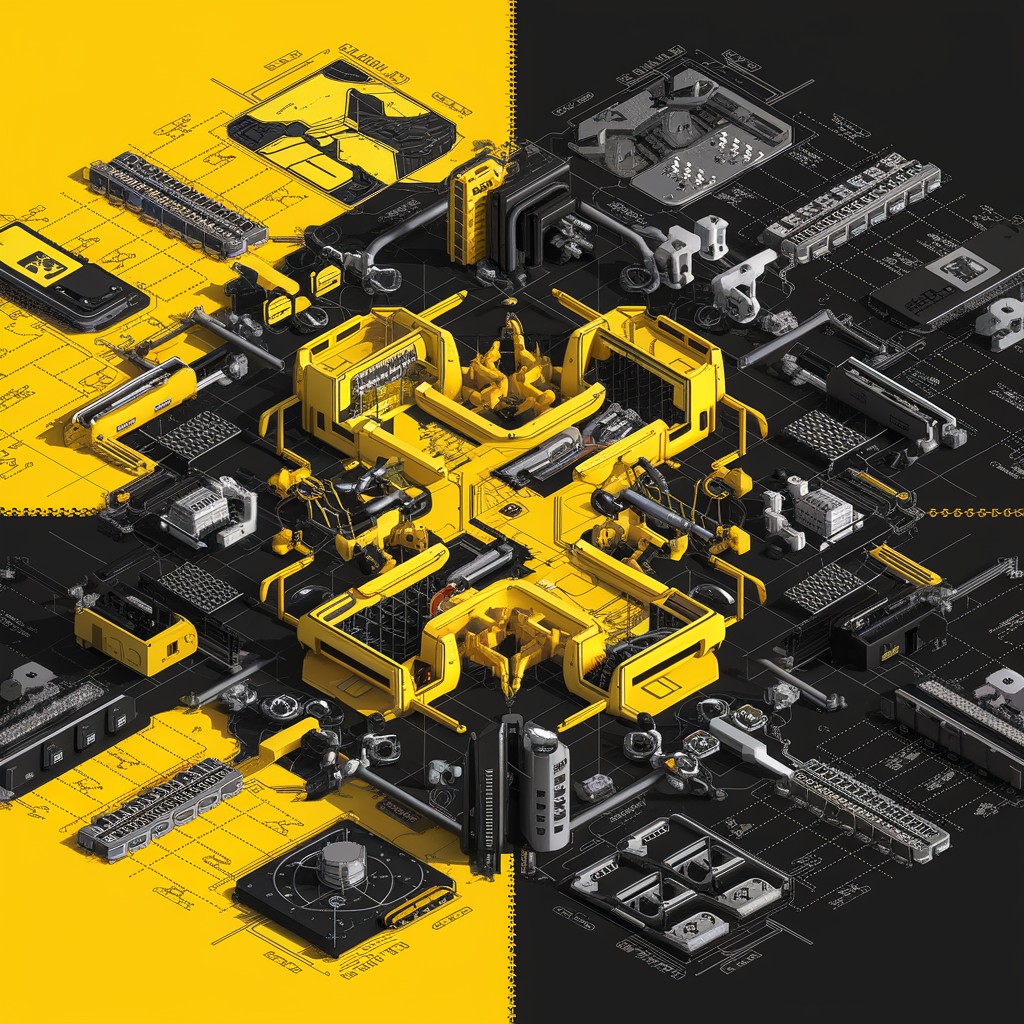Autonomous robotics has seen significant advancements over the years, driven by the need for robots to perform complex tasks in dynamic environments. At the heart of these advancements lies the development of robust planning architectures that enable robots to plan, perceive, and execute tasks autonomously. Let’s delve into the various planning architectures for autonomous robotics, focusing on OpenRAVE, a versatile open-source software architecture designed to address the complexities of robotic planning and control.
Introduction to Planning Architectures
Early robotics architectures were primarily focused on navigation and simple control tasks. However, as the complexity of tasks increased, a need arose for more sophisticated architectures that could handle high-level planning, perception, and control.
Modern architectures such as ROS (Robot Operating System) and Player have become popular due to their modularity, reusability, and ability to handle concurrent processes and communication across different robotic components.
OpenRAVE: An Overview
What is OpenRAVE?
OpenRAVE (Open Robotics and Animation Virtual Environment) is an open-source software architecture developed to facilitate the integration and testing of high-level planning algorithms with real-time control systems. It provides a seamless interface for 3-D simulation, visualization, planning, scripting, and control.
The architecture is designed to be highly modular, allowing users to write custom plugins for different components such as robot controllers, sensing subsystems, and planning algorithms.
Key Features:
Plugin Architecture: OpenRAVE’s plugin-based system allows for easy extension and customization. Developers can create plugins for specific tasks such as motion planning, grasping, and manipulation.
Network Protocol and Scripting: OpenRAVE supports network-based scripting environments, making controlling and monitoring robots remotely possible. This feature enhances flexibility in executing and adjusting robotic tasks in real time.
Real-time System Interfaces: The architecture supports real-time control and execution monitoring, which is essential for dynamic and responsive robotic applications.
Detailed Architecture of OpenRAVE
Core Components:
The OpenRAVE architecture has several layers: Core, GUI, scripting, and plugin. This division ensures a clear separation of functionalities and enhances modularity and scalability.
Core Layer: This layer manages the system’s internal state, updates the environment, and handles communication with plugins.
GUI Layer: Provides visualization tools for debugging and monitoring the robot’s state and actions.
Scripting Layer: Allows for high-level control and execution of planning algorithms through scripts.
Plugins and Interfaces:
Planners: Generate trajectories or policies for the robot to follow, considering constraints such as dynamic balance and collision avoidance.
Controllers: Interface with the robot’s hardware or simulation to execute planned trajectories.
Sensors and SensorSystems: Gather and process information about the environment, providing critical data for planning and execution.
Problem Instances: Represent specific tasks or problems the robot needs to solve, integrating planning and control algorithms to achieve desired goals.
Practical Applications and Experiments
Manipulation and Grasping:
OpenRAVE has been extensively used to develop and test manipulation and grasping algorithms. For example, the Barrett WAM arm has been used in various experiments to demonstrate autonomous grasping and manipulation in cluttered environments.
Case Study: The HRP2 humanoid robot utilizes OpenRAVE for planning autonomous grasping and manipulation tasks. The architecture’s flexibility allows for easy adaptation to different robotic platforms and sensors.
Real-time Execution and Monitoring:
One of the significant strengths of OpenRAVE is its capability to support real-time execution and monitoring. The architecture’s design facilitates the seamless transition from simulation to real-world applications.
Example: The “robotic busboy†experiment demonstrates how OpenRAVE can be used to plan and execute tasks such as picking up objects from a tray and placing them in a designated location, adjusting plans in real-time based on sensory feedback.
Conclusion
Planning architectures like OpenRAVE play a crucial role in advancing the capabilities of autonomous robotics. By providing a flexible, open-source framework for integrating planning algorithms with real-time control systems, OpenRAVE enables researchers and developers to tackle complex robotic tasks efficiently. Its modular design and robust interface make it a valuable tool for robotics.
Sources
https://www.ri.cmu.edu/pub_files/pub4/diankov_rosen_2008_2/diankov_rosen_2008_2.pdf
https://onlinelibrary.wiley.com/doi/10.1002/rob.21986
https://ieeexplore.ieee.org/document/8302111
The post Planning Architectures for Autonomous Robotics appeared first on MarkTechPost.
Source: Read MoreÂ

